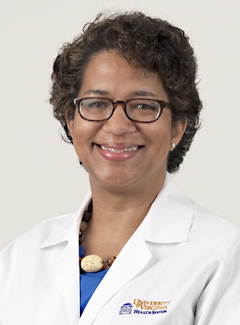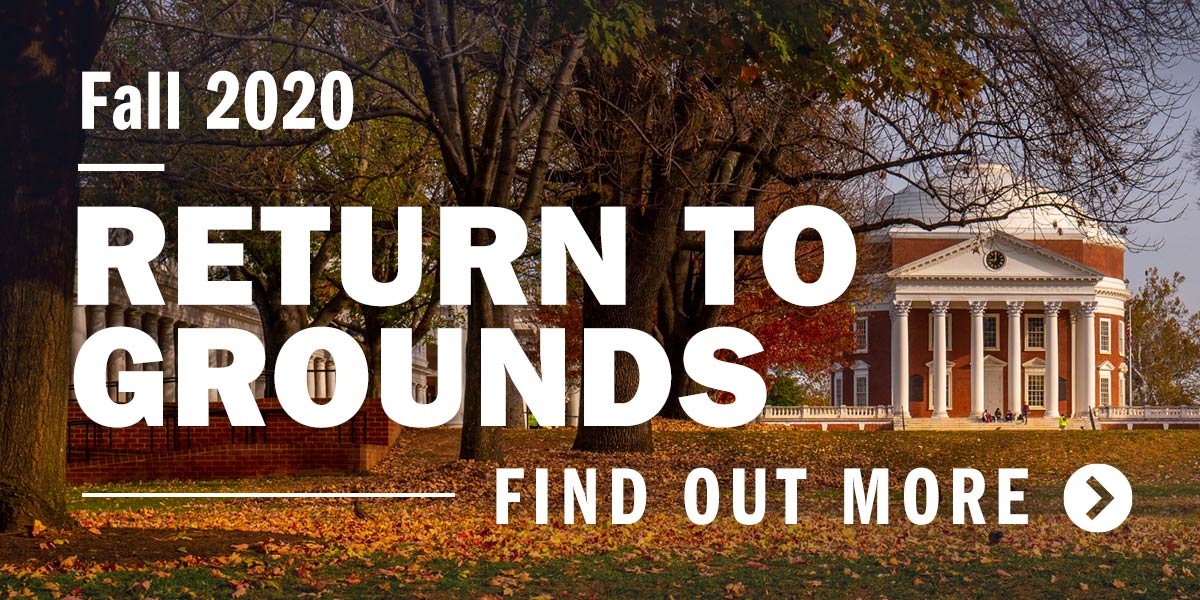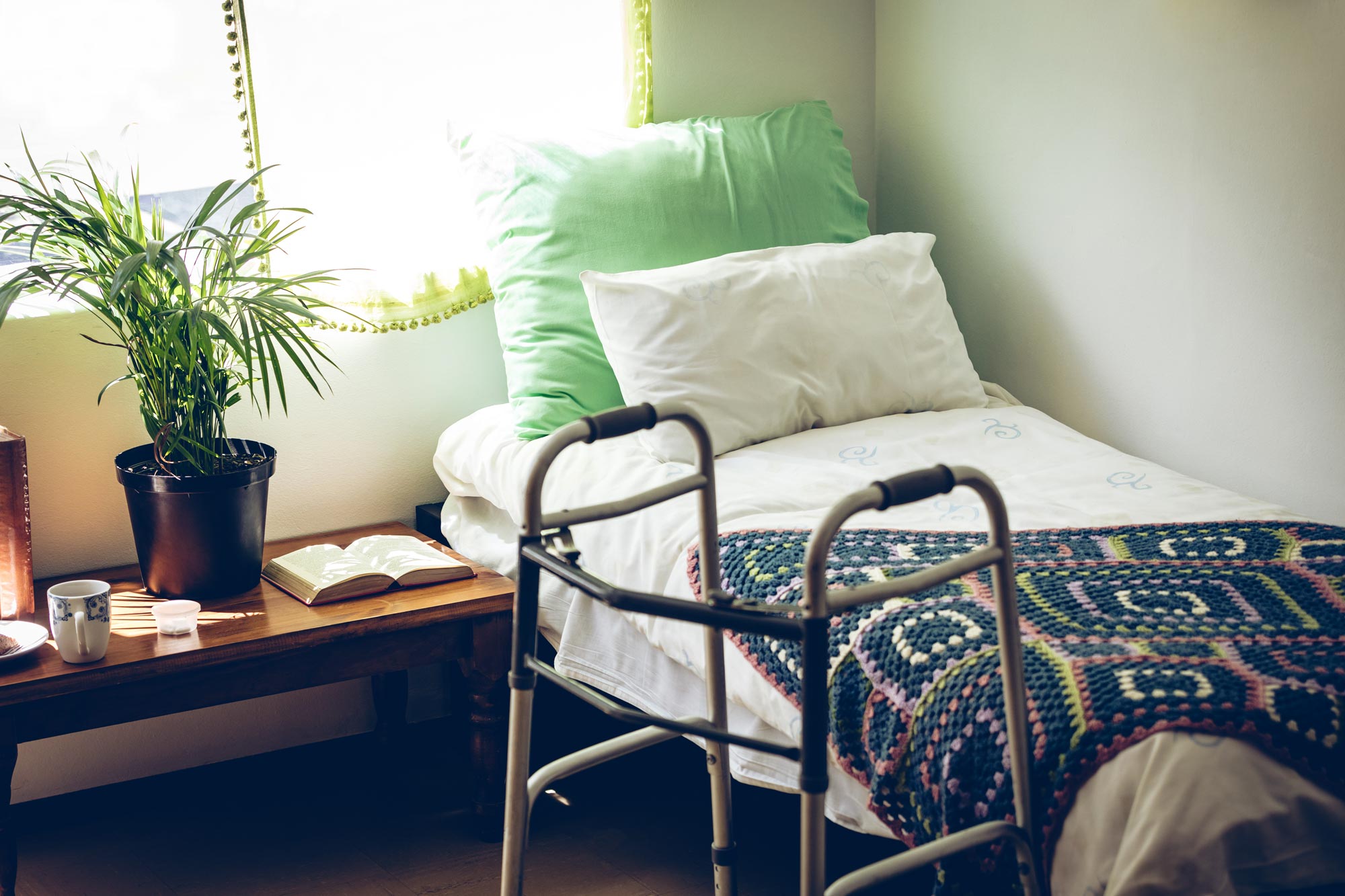A collaborative program developed at UVA Health to work with local long-term care facilities to control COVID-19 is saving lives and offers a model for communities across the country, a new scientific paper reports.
The program has helped prevent COVID-19 infections and reduced mortality when outbreaks occur, its creators say. Of the first two facility outbreaks that the team has worked with, there were lower mortality rates than seen in previous outbreaks – 12% and 19%. That’s compared with a 28% mortality rate reported at a long-term care facility in Washington state.

UVA Health geriatrician Dr. Laurie R. Archbald-Pannone is the GERI-PaL program’s lead physician.
“Developing this program has been a wonderful collaboration amongst many sites of care and types of care providers,” said UVA Health geriatrician Dr. Laurie R. Archbald-Pannone, the program’s lead physician. “We call the program GERI-PaL – meaning Geriatric Engagement and Resource Integration for Post-Acute and Long-Term Care Facilities – and it has been a great opportunity to bring together hospital and community-based resources to assist our local facilities in preventing and responding to COVID-19 outbreaks.”
A Practical Approach to Controlling COVID-19
Archbald-Pannone and her colleagues describe the program as a “practical approach” to controlling COVID-19 in long-term-care facilities. Such facilities have been hard-hit by the pandemic because of the vulnerable health of many residents and the intensive nature of the care provided.
In their new paper, the UVA team highlights five key components of the program:
• Infection advisory consultations: UVA Health infection-control experts work hand-in-hand with the long-term care facilities to develop effective infection-control policies and address issues such as staffing needs and access to personal protective equipment.
• Project ECHO: A geriatrician, pulmonologist, nurse practitioner, clinical nurse leader and nurse educator are all made available using a model based on Project ECHO, a program that offers training and support for health professionals. The group meets virtually with their colleagues at the nursing facilities to provide the latest COVID-19 information, testing and treatment guidance.
• Telemedicine consultations: UVA Health pulmonary/critical-care and geriatric and palliative medicine experts provide consultations via telemedicine on testing, monitoring and treating facility residents for COVID-19. The team also facilitates transfers to the hospital when needed, and transfers back to the nursing facilities when the patients have recovered sufficiently. The team also works closely with the primary-care physicians to assist in decision-making and treatment of these patients.
• Nursing liaisons: A nursing liaison offers concierge-style service for each facility, helping to keep lines of communication open and ensure any needs are met.
• Resident social remote connections: Volunteer medical students speak with residents by telephone to combat social isolation and keep their spirits up.

“This program has really been a team effort and highlights the dedication of colleagues across the health care continuum – physicians, nurses, administrators, technology experts, local health officials and more – all coming together to support work with our local facilities amidst the challenges of COVID-19,” Archbald-Pannone said. “We have all faced many challenges over the past few months. It’s been an honor to help support our local facilities and their dedicated staff members in the care of these vulnerable patients.
“Many of the systems we’ve put in place and lessons we have learned will be of value to improve care beyond even COVID-19.”
Results Published
The UVA Health team members have described their experiences in the Journal of the American Medical Directors Association. The team consisted of Archbald-Pannone, Drew Harris, Kimberly Albero, Rebecca Steele, Aaron Pannone and Justin Mutter.
To keep up with the latest medical research news from UVA, subscribe to the Making of Medicine blog.
Media Contact
Article Information
June 18, 2020
/content/covid-19-collaboration-reducing-infections-long-term-care-facilities

